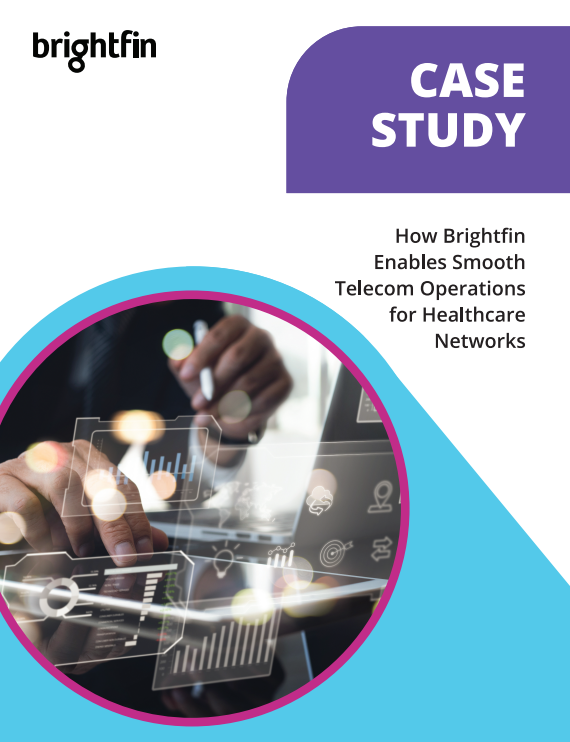Advancements in modern business technology have equipped companies worldwide with the ability to work efficiently across their intended industries and generate escalated revenue. Strategic procurement and work management solutions have significantly relieved enterprises from non-core business functions, while wireless expense management software has allowed them to reduce unnecessary corporate spend. But among the many technological introductions in recent years, enterprise mobility management has arguably been one of the most popular topics of discussion in B2B circles.
Enterprise mobility management (EMM) has some essential components that define a robust “end-to-end” mobility infrastructure for organizations. Before analyzing whether or not EMM is critical for businesses in this day and age, let’s quickly discuss what Enterprise Mobility Management entails and why it is gaining momentum with each passing day.
Enterprise Mobility Management: What Is It?
Put simply, EMM is a process that allows the sharing of corporate information across a range of mobile devices so that employees can work on tasks from multiple places. The process is enabled through technologies like open wireless networks, enterprise cloud-based systems, and personal network systems for data sharing and application access. This is particularly useful for specific industries, such as logistics and 3PL, where it’s vital to manage the incoming and outgoing data in real-time (the nature of this data evolves pretty quickly!)
Essentially, Enterprise Mobility Management will encompass the broader processes related to the management of information stored in the cloud or another remote location. Each organization’s unique mobility needs to define how EMM is incorporated within the corporate infrastructure. The idea is to bring an improvement in employee productivity and business performance by offering a convenient, on-the-go working environment.
Why Is EMM Important for a Modern Enterprise?
EMM is important because of its potential benefits. For example, it is capable of enhancing productivity company-wide by delivering the required information regardless of the location or device. With a greater focus on the job and customer service, users can respond to emails, phone calls and schedule calls on the fly. The end goal is a major transformation in the way mobile devices are used to unlock values and business agility.
Let’s go into a bit more detail about how Enterprise Mobility Management can help your business.
Better Control Over Mobile Data and Apps
After the implementation of an EMM, organizations can gain better control over the devices and third-party apps that personnel rely on to get work done. The management dashboard can include customized or curated apps that can be downloaded at any time, as well as blacklisted ones that employees are barred from using. Organizations can also create company-specific App Stores to host all the apps that have been tested for security and are, therefore, safe for employees to download and use.
Enhanced Security for BYOD Programs
While bring-your-own-device is a core part of EMM, when inadequately managed, it can become a gateway for adversaries looking to access corporate data. Malicious insiders can also facilitate data theft, as well as support efforts that lead to the theft or loss of the device. With an EMM solution in place, a central device becomes the aggregator of BYOD resources, allowing for better control and oversight. Companies can utilize EMM features such as the deployment of secure communications through a virtual private network, separation of work and personal apps, and external wipe abilities to secure data from a compromised BYOD gadget.
A Workflow Without Hiccups
Installing custom enterprise apps created to fit the needs of an organization include a central dashboard that offers control over approvals, OS, and users, and simplifies mobile device management (MDM). It also provides access to vital policy documents remotely, which makes the enterprise workflow hassle-free and paperless with everyone knowing their responsibilities and tasks. Both users and clients also get the benefit of accessing the information at any hour and on-the-go with just a couple of clicks. This makes data sharing seamless as the retrieval of information becomes synchronized along with access control of all the devices.
How Can I Deploy an Enterprise Management Solution Today?
In today’s cutthroat landscape, organizations need to take every possible step to stay competitive. With that said, any type of software solution needs to be deployed with careful consideration of the precise nature of your company.
At brightfin, we partner with leading companies in the EMM (Enterprise Mobility Management) space. By leveraging their APIs and advanced knowledge of devices, we’re able to automate the management process inside brightfin’s native ServiceNow solution. In addition to EMM partnerships, our Mobile Expense Management drives continual cost savings by integrating with all the modern EMM solutions.



